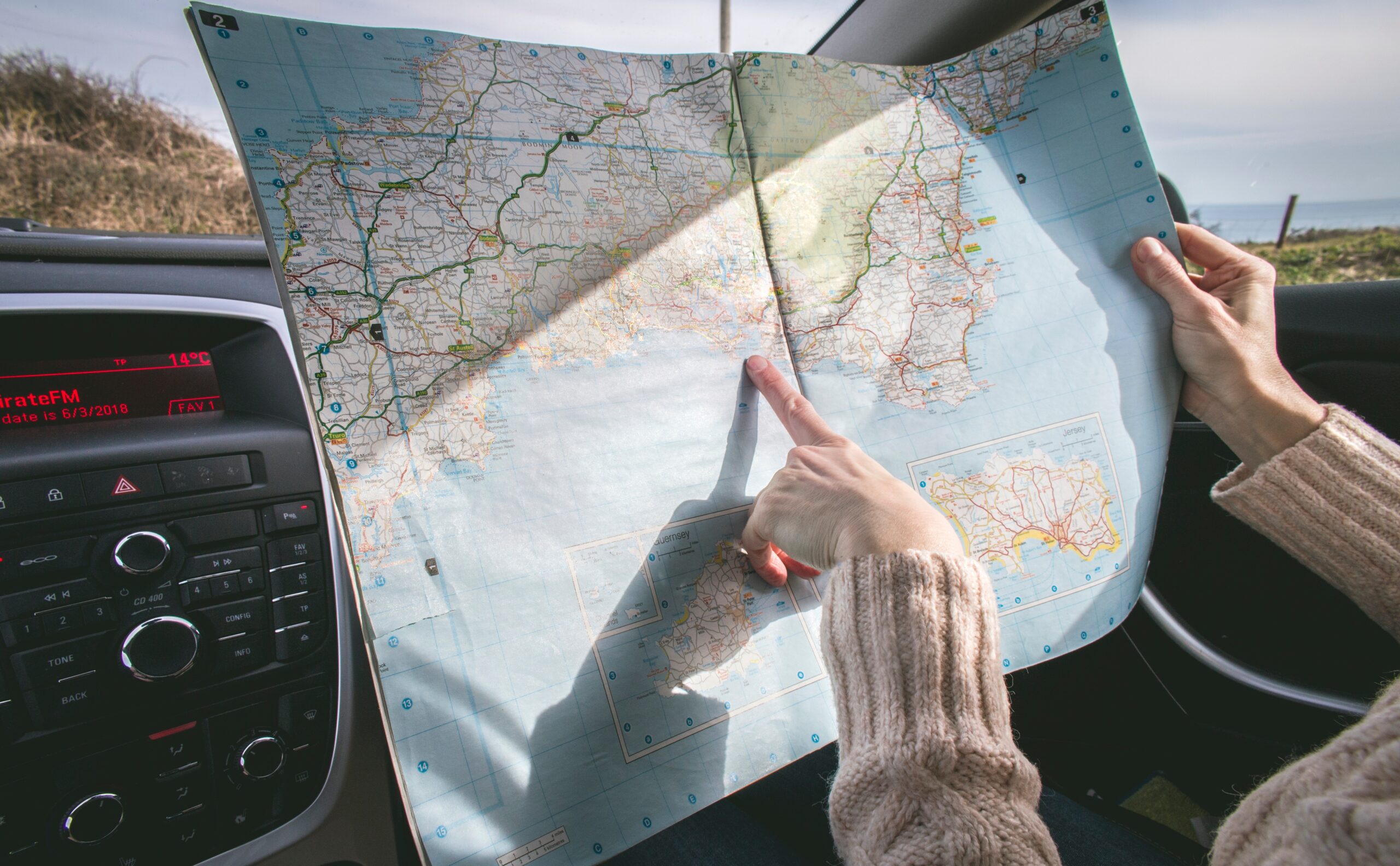Getting into an accident while out of state elevates an already stressful problem. The driver is likely in an unfamiliar area, far from home, and away from their support network. However, these obstacles cannot derail the victim of a car accident from taking the necessary steps to ensure that their rights to recovery are protected.
6 Things to do After an Accident Out of State
Step 1: Making Sure Everyone is Okay
First, the parties to a car accident should check everyone involved to ensure no one was seriously injured. If someone was hurt, they should call for an ambulance immediately.
Step 2: Calling the Police
In some states and counties, police only respond to an accident if there is an injury. However, an accurate police report is important evidence to recover compensation for injuries and damages related to the accident. Importantly, the police report must be accurate. Police officers sometimes make mistakes, so it is crucial that the victim obtain a police report and work with the officer to record what happened, when and where it occurred, and the names of people who were involved. Moreover, if the accident was due to road defects, the report should reflect the defect.
Step 3: Exchanging Information
While waiting for the police to arrive, the parties should exchange contact and insurance information. Importantly, when the victim is obtaining the other parties’ information, they should not admit fault. Admitting fault includes apologizing for the accident. Any statement that could be interpreted as an admission of fault imperils the injured party’s right to recovery.
Step 4: Recording What Happened
While the police report is important, the participants should also write down what they know about the accident. The injured party should be clear of the time, the direction they were driving, where the accident occurred, their injuries (if any), and the damage to the vehicles. The injured party should photograph the damage to their car, the accident, the street, road defects (if any), any injuries, and anything else that could be important about the accident. Further, the injured party should also note if any cameras may have recorded the accident.
Step 5: Contacting Insurance Company
Next, the injured party should contact their insurance company. The injured party needs to clarify what and to what extent their policy covers their accident. Insurance companies do provide towing coverage, but it usually ends after a few miles – maybe a 30-mile tow at most. Therefore, the injured party will need to cover the rest of the tow to get their car home.
The injured party also needs to clarify what coverage is offered out of state.
- Will the insurance company cover out-of-state repairs?
- Does the insurance company provide coverage for rentals?
- How far can the injured party tow their car?
Step 6: Coming up with a Plan
Finally, the injured party needs to develop a plan to finish their trip, fix their car, and get home. Depending on the circumstances, the injured party may be better served to rent a car and repair their vehicle out of state.



